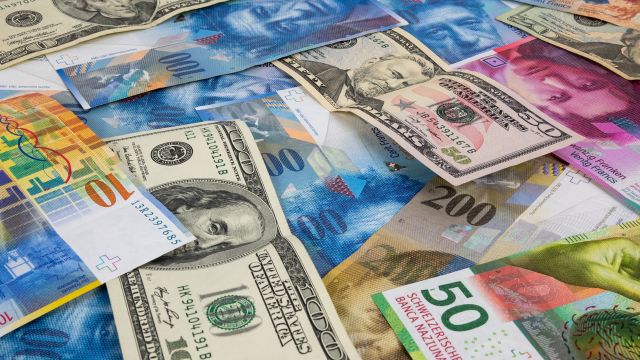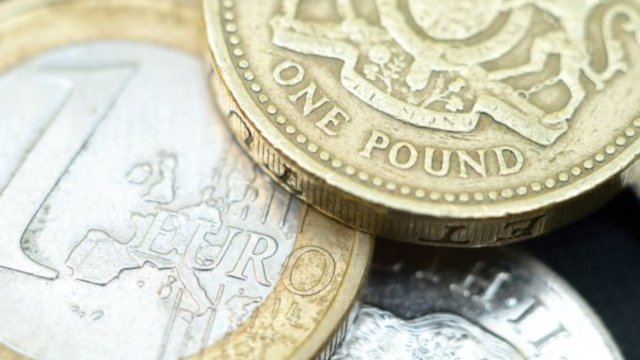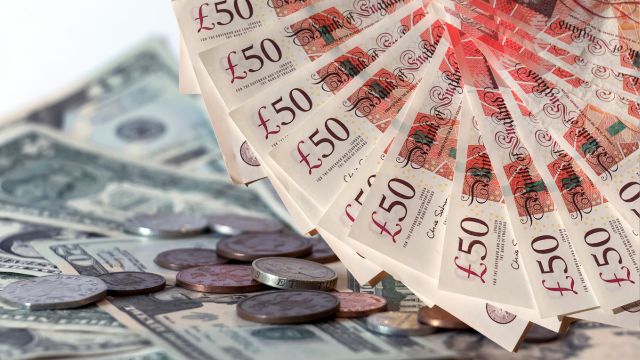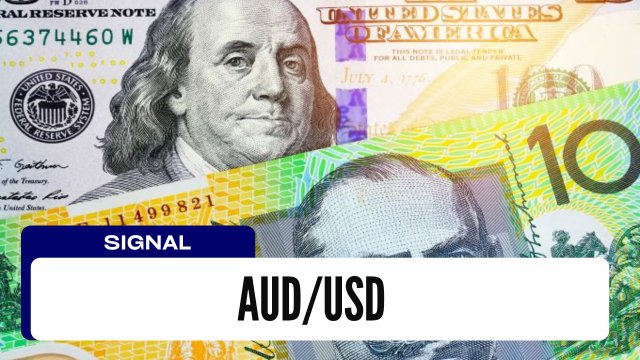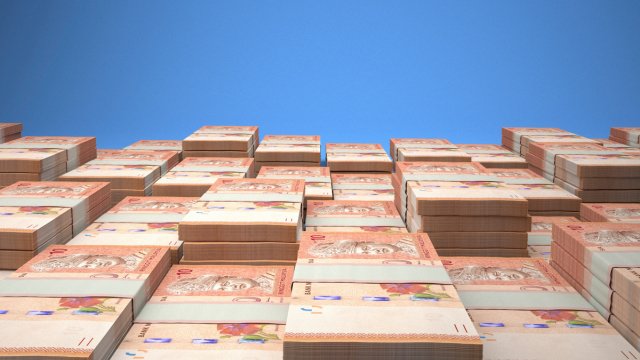USD/CHF trades around the key 0.80 level, with structural support below and the potential for Swiss National Bank intervention helping limit downside ahead of next week’s Fed rate decision.
The following are the most recent pieces of Forex technical analysis from around the world. The Forex technical analysis below covers the various currencies on the market and the most recent trends, technical indicators, as well as resistance and support levels.
Most Recent
USD/JPY faded after an early rally on Thursday as traders priced in a Fed rate cut, though the broader uptrend remains intact with key support near ¥153 and rising Japanese yields creating near-term uncertainty.
EUR/GBP gave up early gains on Thursday, failing at the 50-day EMA as pound strength and a potential topping pattern suggest a move toward 0.87 or even 0.86.
Top Forex Brokers
Bitcoin remains stuck near $92,500 as resistance holds firm; traders eye potential double bottom but await clearer signals before calling a bullish breakout.
USD/CAD sits on 200-day EMA support as traders await Canadian jobs data and next week’s Fed rate decision, with 1.40 acting as key upside resistance in a choppy trading range.
NZD/USD tests key resistance at 0.58, with signs of exhaustion likely to trigger selling as traders brace for a potentially hawkish Fed tone after next week’s rate decision.
GBP/USD stalls after a failed move higher, with UK optimism clashing with looming rate cuts and a stronger U.S. outlook; a pullback toward 1.32 remains possible ahead of the Fed decision.
The Nasdaq 100 remains in consolidation mode near key resistance, with dip-buying likely to persist into December unless a break below 24,000 signals a deeper correction.
AUD/USD presses into major resistance near 0.66, with the pair looking overstretched and vulnerable to a pullback ahead of key U.S. rate decisions and weakening upside momentum.
Bonuses & Promotions
The euro retreats after testing 1.17, as upcoming U.S. PCE data and the FOMC decision threaten to revive dollar strength and disrupt recent euro gains.
EUR/USD trades with a bullish bias ahead of key Eurozone inflation data, supported by rising European bond yields and softening U.S. rate expectations, with a breakout toward 1.18 in sight.
Gold continues its strong bullish trend, trading near $4200 amid USD weakness and rising rate cut expectations, with technical signals pointing to a potential breakout toward record highs.
NZD/USD extends its recovery to 0.57740, gaining momentum on broad USD weakness, but with U.S. inflation data and Fed decisions ahead, near-term volatility and possible reversals remain key risks.
USD/MYR continues its sharp decline, hitting long-term lows near 4.1100 as broad USD weakness and expectations of a Fed rate cut pressure the pair, with potential to test the 4.1000 level.
Toncoin (TON) continues to trade sideways after weeks of corrective pressure, holding around $1.63 as of today. Following a steep multi-month drawdown, the market is watching closely for early signs of strength.
